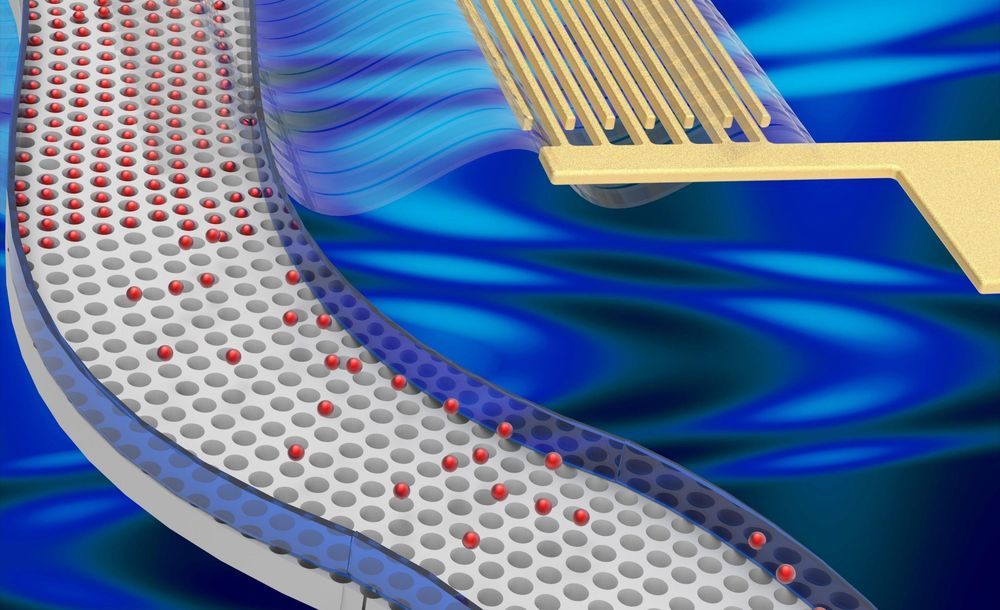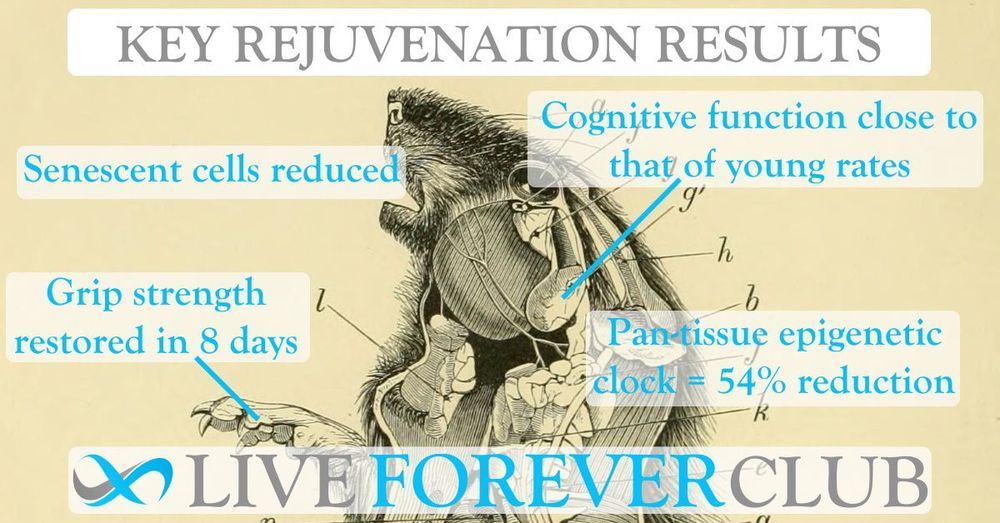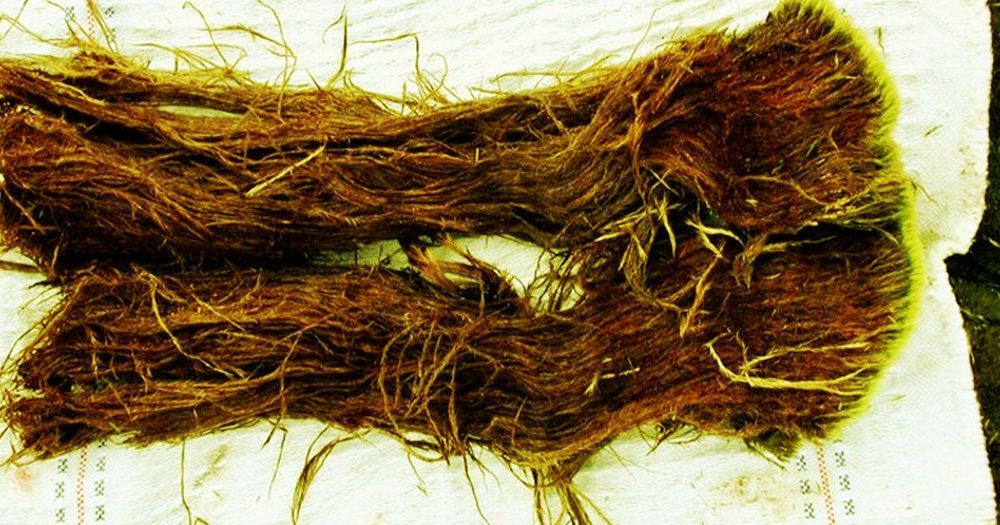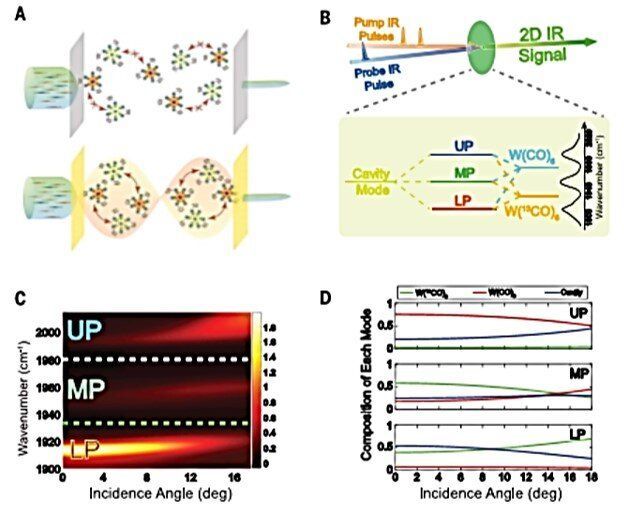The company’s series B funding round was led by inventors at Andreessen Horowitz and includes new investor Casdin Capital.


Dr. Michael R. Rose is Professor at Department of Ecology and Evolutionary Biology at University Of California, Irvine. His main area of work has been the evolution of aging.
“Our task is to make nature, the blind force of nature, into an instrument of universal resuscitation and to become a union of immortal beings.“
- Nikolai F. Fedorov
We hold faith in the technologies & discoveries of humanity to END AGING and Defeat involuntary Death within our lifetime.
Working to Save Lives with Age Reversal Education.
========== Perpetual Life Creed ==========
We believe that all of life is sacred and that we have been given this one life to make unlimited. We believe in our Creator’s divine plan for all of humanity to have infinite lifespans in perfect health and eternal joy, rendering death to be optional.
By following our Gospel we achieve eternal life creating a heaven here on earth.

Transhumanism is a form of “Humanism” (atheism or naturalism). The word and concept was coined by Julian Huxley back in the day. I was a student of A.J. Ayer who suceeded Huxley as head of British Humanism. https://humanism.org.uk/humanism/the-humanist-tradition/20th…an-huxley/ We must nowadays include “Christian Transhumanism” and tolerate all religions and superstitions (however daft), without right to criticise such “Holy” sanctified cows. And so the posthuman goddesses and gods 😉 have decreed it is a good idea to make MVT, FM-2030 and post/ “humanist” ideas available tor current religious self-IDers, I have kicked things off with Posthuman Buddhism https://www.facebook.com/groups/posthumanbuddhism/ and Posthuman Christianity https://www.facebook.com/groups/2164360640528843/
Perhaps we can update and reform such bastions of anachronism and conventionalism with the light of (actual, not gospel) truth?
Julian Huxley was the grandson of T H Huxley (staunch supporter of Charles Darwin and creator of the term “agnostic”). He continued his grandfather’s valuable work – in 1927, he joined H G Wells and his son in producing a comprehensive book called The Science of Life, which helped to spread a general understanding of evolution and to promote Biology in the school curriculum. He believed that the study of evolution could help us to understand our own nature and behaviour. He was a professor at King’s College, London, and a pioneer in the study of animal behaviour (ethology) and conservation.
His wife wrote of him: “Julian had a gift of enhancing the moment, making a memorable event of an ordinary walk. He was intensely aware of the moods and treasures of the natural world, knew mountains and their geological structures, feeling their bones under the skin of earth and trees. I loved his all-embracing recognition – knitting together the earth and the animal world, including human beings…”
In 1935 he became one of the first directors of London Zoo. In the early sixties, he wrote articles about hunted and endangered species in Africa, which contributed to the founding of the World Wildlife Fund.

Acoustofluidics is the fusion of acoustics and fluid mechanics which provides a contact-free, rapid and effective manipulation of fluids and suspended particles. The applied acoustic wave can produce a non-zero time-averaged pressure field to exert an acoustic radiation force on particles suspended in a microfluidic channel. However, for particles below a critical size the viscous drag force dominates over the acoustic radiation forces due to the strong acoustic streaming resulting from the acoustic energy dissipation in the fluid. Thus, particle size acts as a key limiting factor in the use of acoustic fields for manipulation and sorting applications that would otherwise be useful in fields including sensing (plasmonic nanoparticles), biology (small bioparticle enrichment) and optics (micro-lenses).
Although acoustic nanoparticle manipulation has been demonstrated, terahertz (THz) or gigahertz (GHz) frequencies are usually required to create nanoscale wavelengths, in which the fabrication of very small feature sizes of SAW transducers is challenging. In addition, single nanoparticle positioning into discrete traps has not been demonstrated in nanoacoustic fields. Hence, there is a pressing need to develop a fast, precise and scalable method for individual nano- and submicron scale manipulation in acoustic fields using megahertz (MHz) frequencies.
An interdisciplinary research team led by Associate Professor Ye Ai from Singapore University of Technology and Design (SUTD) and Dr. David Collins from University of Melbourne, in collaboration with Professor Jongyoon Han from MIT and Associate Professor Hong Yee Low from SUTD, developed a novel acoustofluidic technology for massively multiplexed submicron particle trapping within nanocavities at the single-particle level.


Revealing yet another super-power in the skillful squid, scientists have discovered that squid massively edit their own genetic instructions not only within the nucleus of their neurons, but also within the axon — the long, slender neural projections that transmit electrical impulses to other neurons. This is the first time that edits to genetic information have been observed outside of the nucleus of an animal cell.
The study, led by Isabel C. Vallecillo-Viejo and Joshua Rosenthal at the Marine Biological Laboratory (MBL), Woods Hole, is published this week in Nucleic Acids Research.


Strong coupling between cavity photon modes and donor/acceptor molecules can form polaritons (hybrid particles made of a photon strongly coupled to an electric dipole) to facilitate selective vibrational energy transfer between molecules in the liquid phase. The process is typically arduous and hampered by weak intermolecular forces. In a new report now published on Science, Bo Xiang, and a team of scientists in materials science, engineering and biochemistry at the University of California, San Diego, U.S., reported a state-of-the-art strategy to engineer strong light-matter coupling. Using pump-probe and two-dimensional (2-D) infrared spectroscopy, Xiang et al. found that strong coupling in the cavity mode enhanced the vibrational energy transfer of two solute molecules. The team increased the energy transfer by increasing the cavity lifetime, suggesting the energy transfer process to be a polaritonic process. This pathway on vibrational energy transfer will open new directions for applications in remote chemistry, vibration polariton condensation and sensing mechanisms.
Vibrational energy transfer (VET) is a universal process ranging from chemical catalysis to biological signal transduction and molecular recognition. Selective intermolecular vibrational energy transfer (VET) from solute-to-solute is relatively rare due to weak intermolecular forces. As a result, intermolecular VET is often unclear in the presence of intramolecular vibrational redistribution (IVR). In this work, Xiang et al. detailed a state-of-the-art method to engineer intermolecular vibrational interactions via strong light-matter coupling. To accomplish this, they inserted a highly concentrated molecular sample into an optical microcavity or placed it onto a plasmonic nanostructure. The confined electromagnetic modes in the setup then reversibly interacted with collective macroscopic molecular vibrational polarization for hybridized light-matter states known as vibrational polaritons.

Every once in a while I have a contentious discussion with someone about traveling to Mars, and the risks involved. One of the hardest risks to describe is the threat from galactic cosmic rays. Here is a short article about a new facility investigating the effects of galactic cosmic rays.
The very important point here is that we are not discussing electromagnetic radiation. These ions have been shown to sometimes penetrate spacecraft and inflict damage on astronauts brains. Earthlings do not have to worry about these as much because we have a magnetosphere that shields us from ions.
To better understand and mitigate the health risks faced by astronauts from exposure to space radiation, we ideally need to be able to test the effects of Galactic Cosmic Rays (GCRs) here on Earth under laboratory conditions. An article publishing on May 19, 2020 in the open access journal PLOS Biology from Lisa Simonsen and colleagues at the NASA Langley Research Center, USA, describes how NASA has developed a ground-based GCR Simulator at the NASA Space Radiation Laboratory (NSRL), located at Brookhaven National Laboratory.
Galactic cosmic rays comprise a mixture of highly energetic protons, helium ions, and higher charge and energy ions ranging from lithium to iron, and they are extremely difficult to shield against. These ions interact with spacecraft materials and human tissues to create a complex mixed field of primary and secondary particles.
The biological effects from these heavy ions and mixtures of ions are poorly understood. Using recently developed fast beam switching and controls systems technology, NSRL demonstrated the ability to rapidly and repeatedly switch between multiple ion-energy beam combinations within a short period of time, while accurately controlling the extremely small daily doses delivered by the heavier ions.